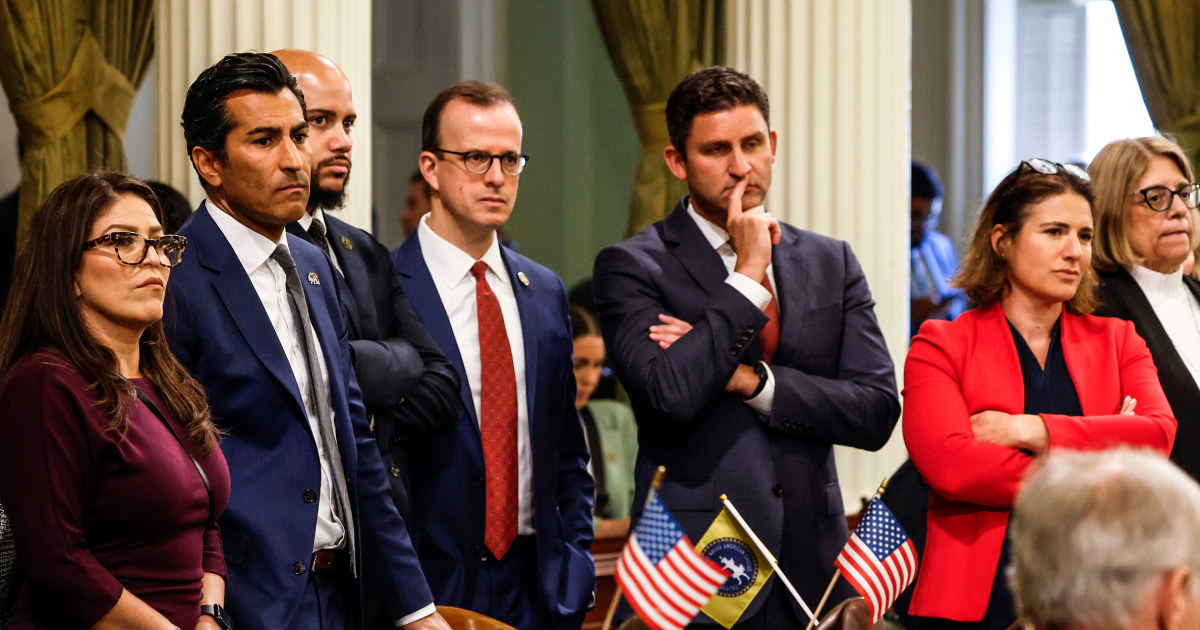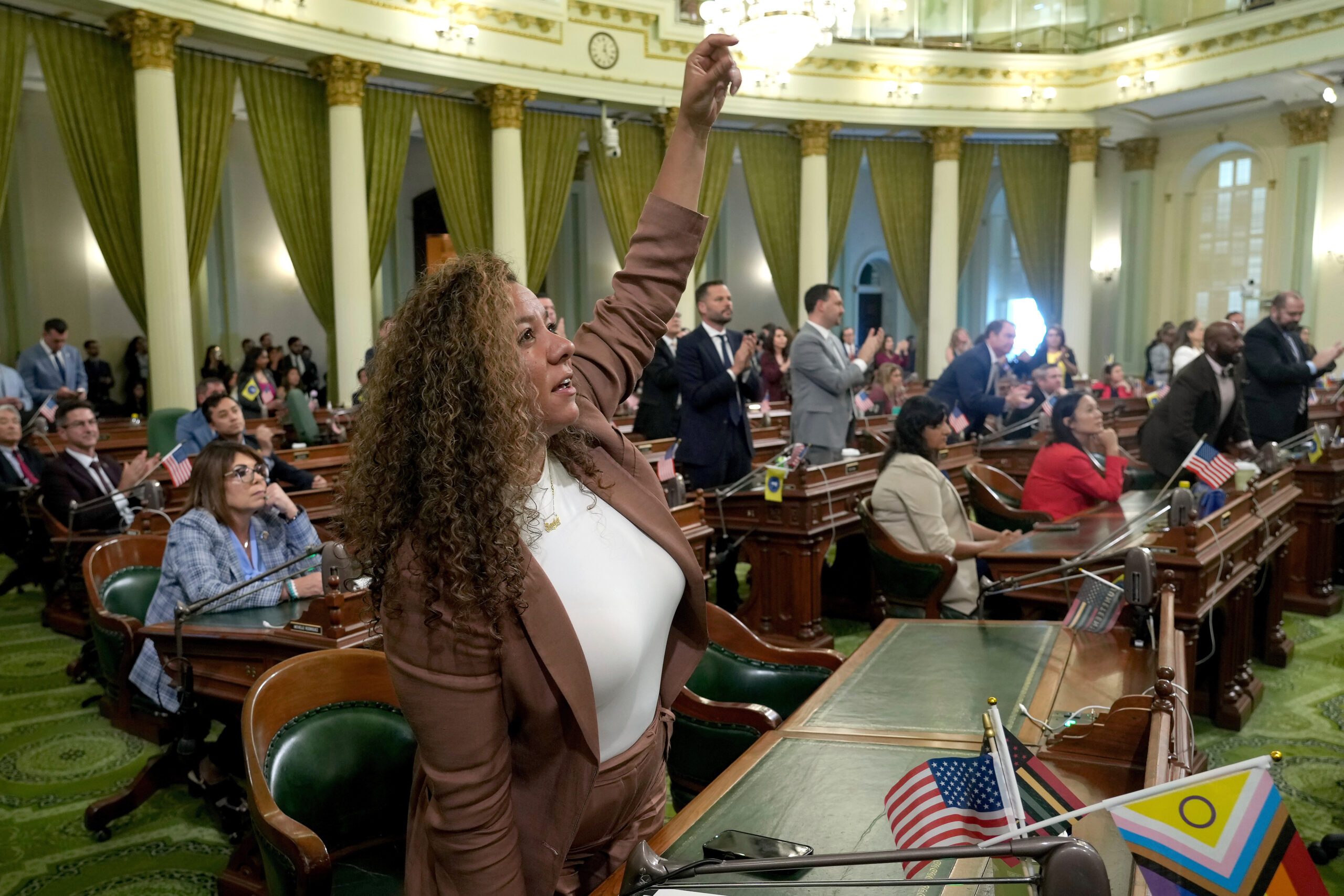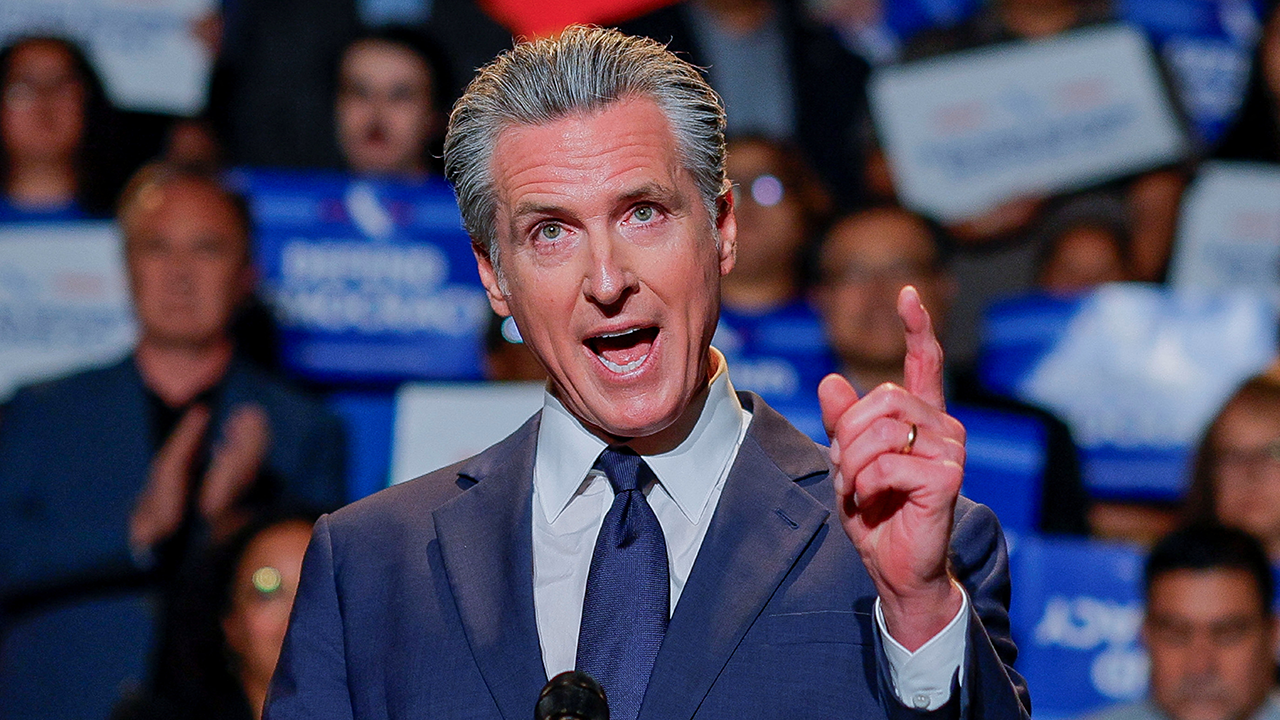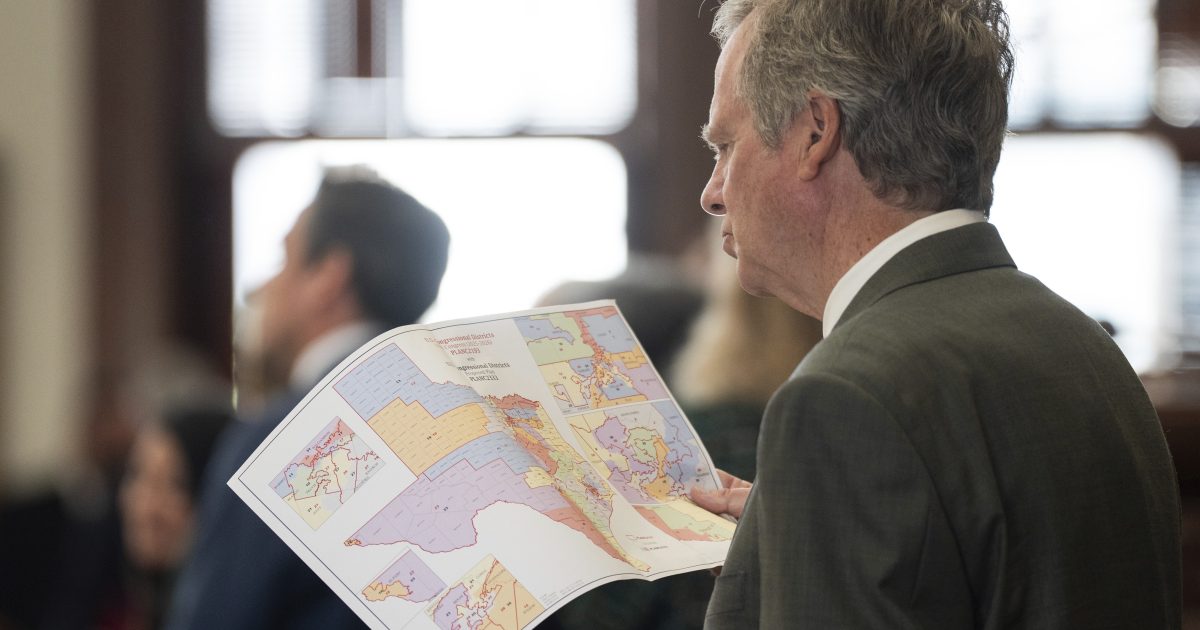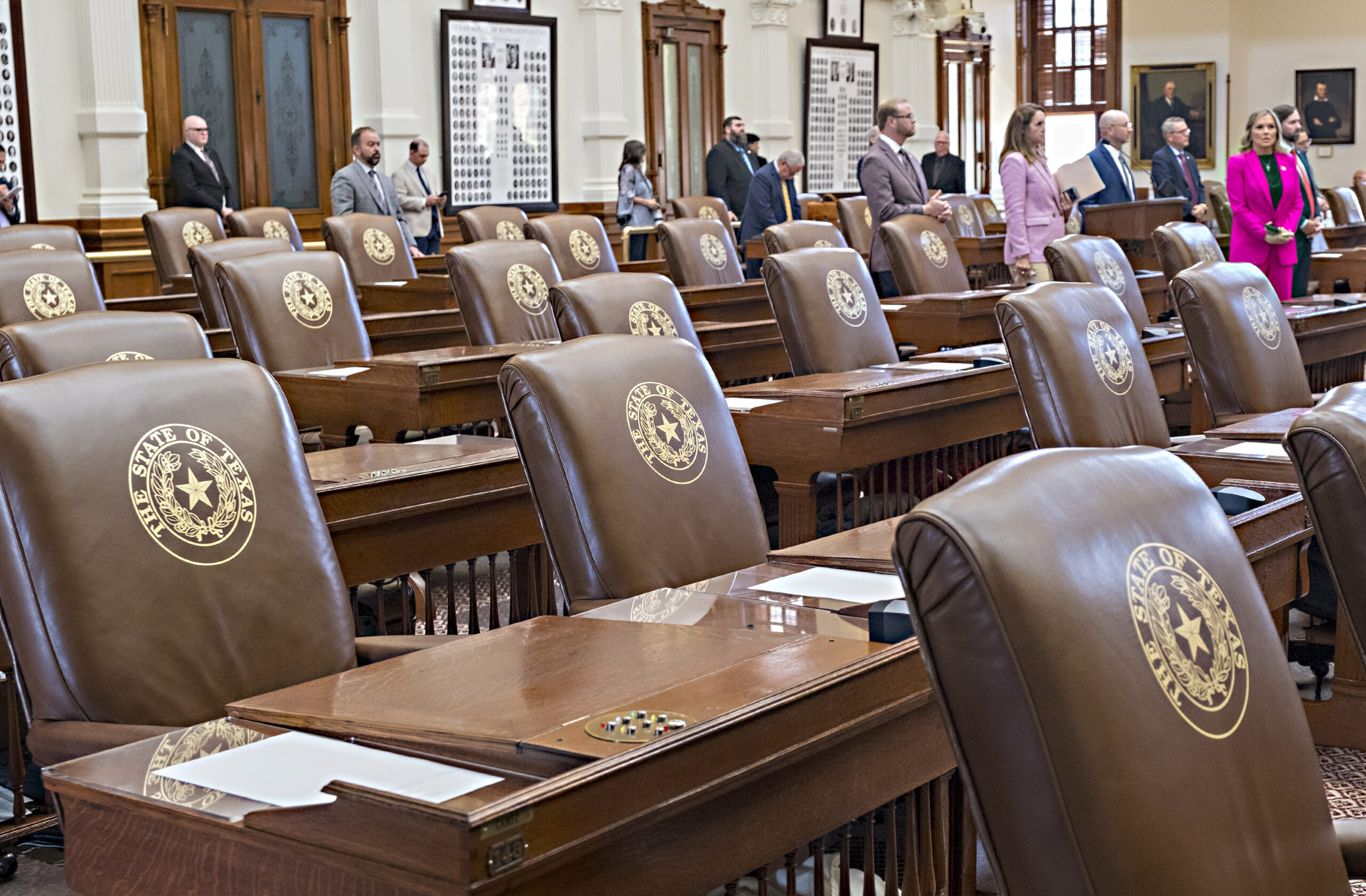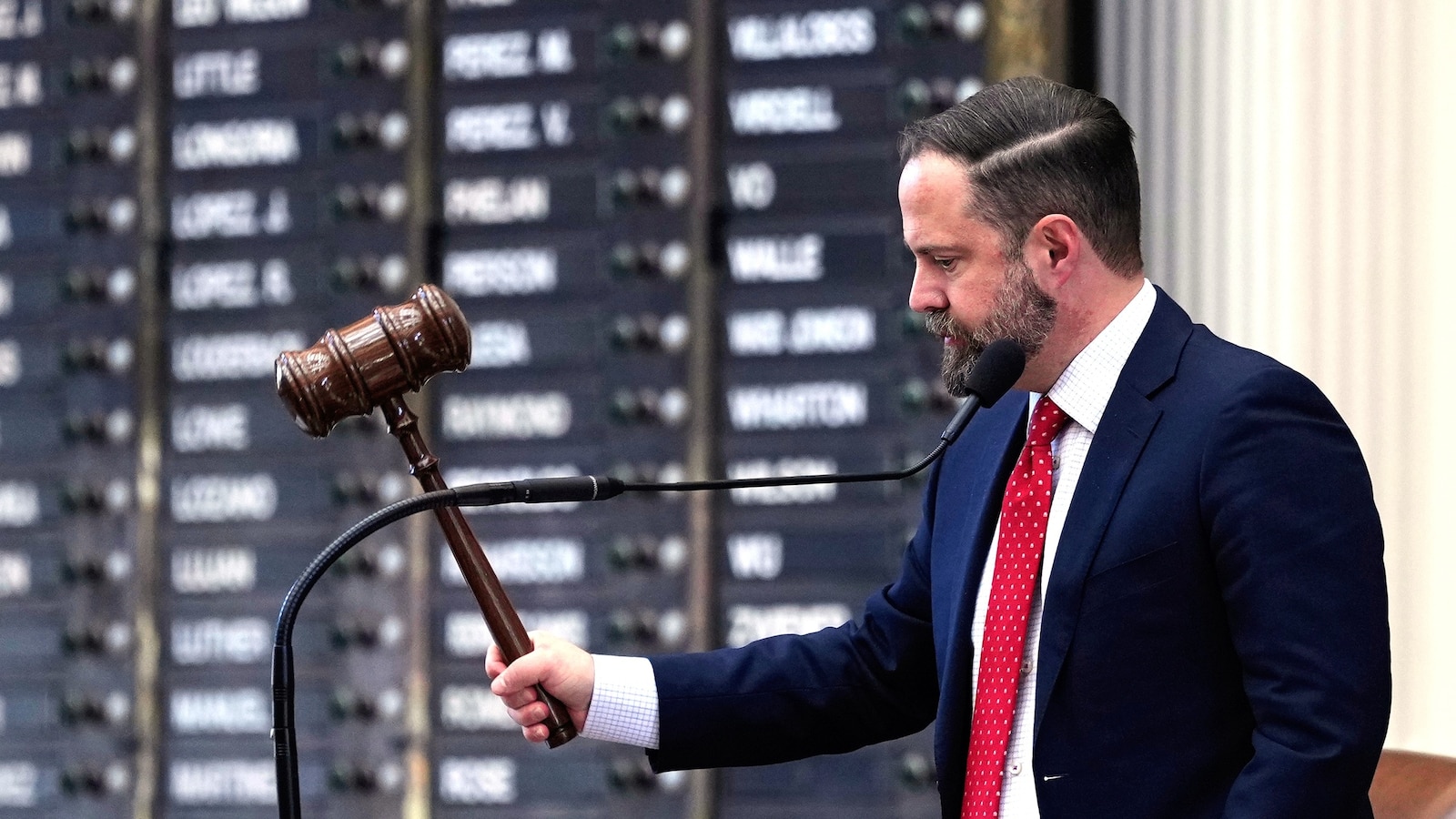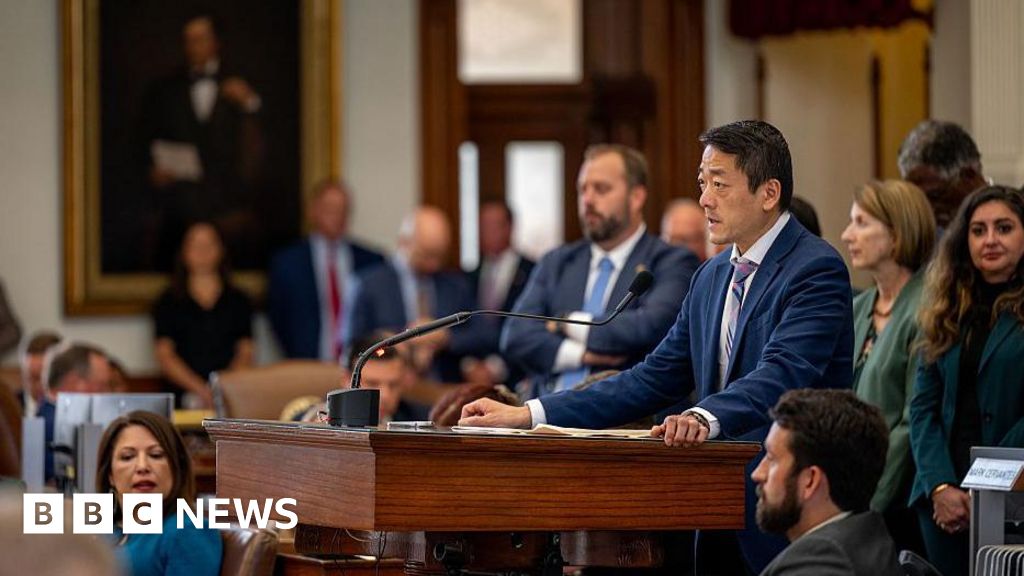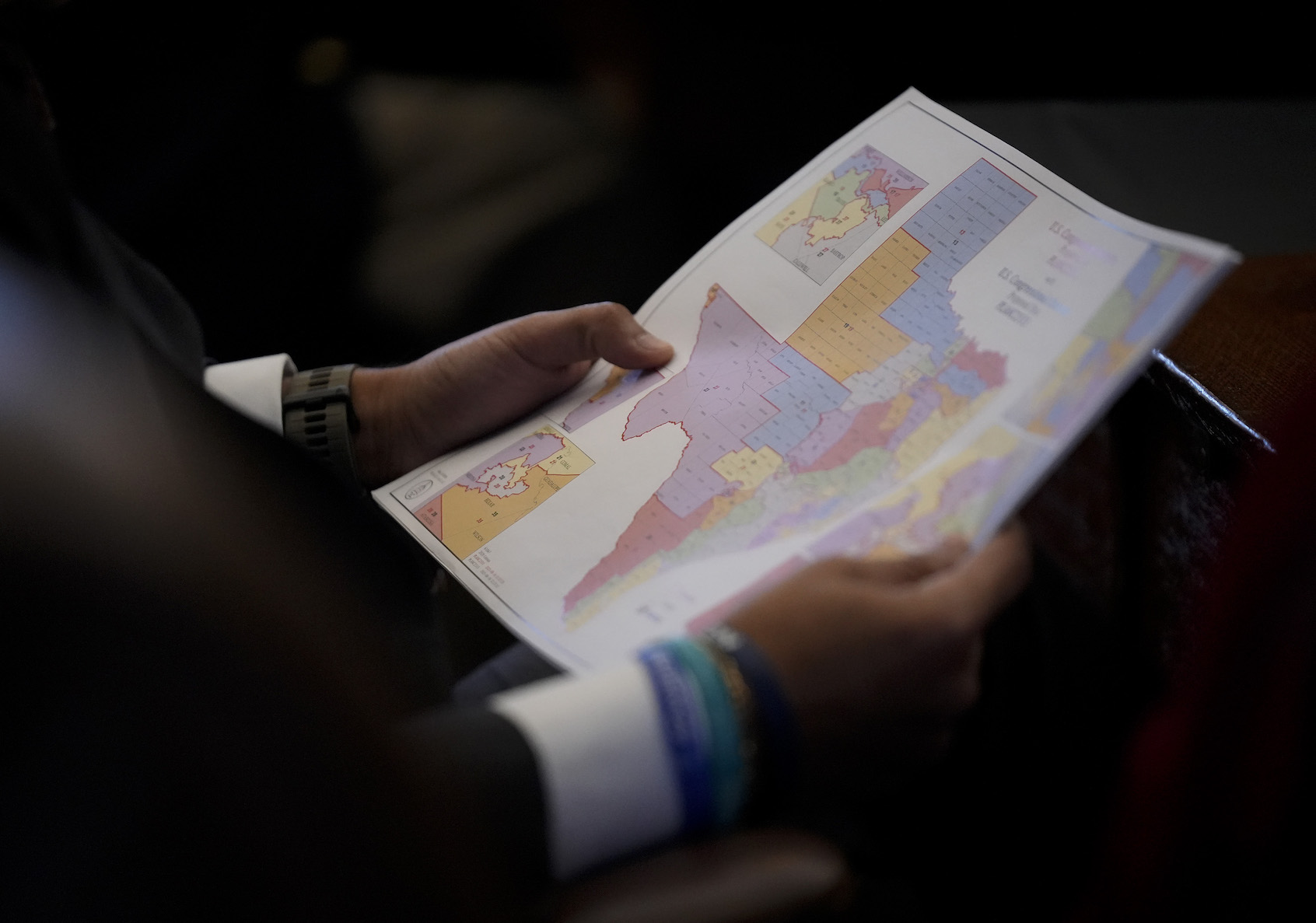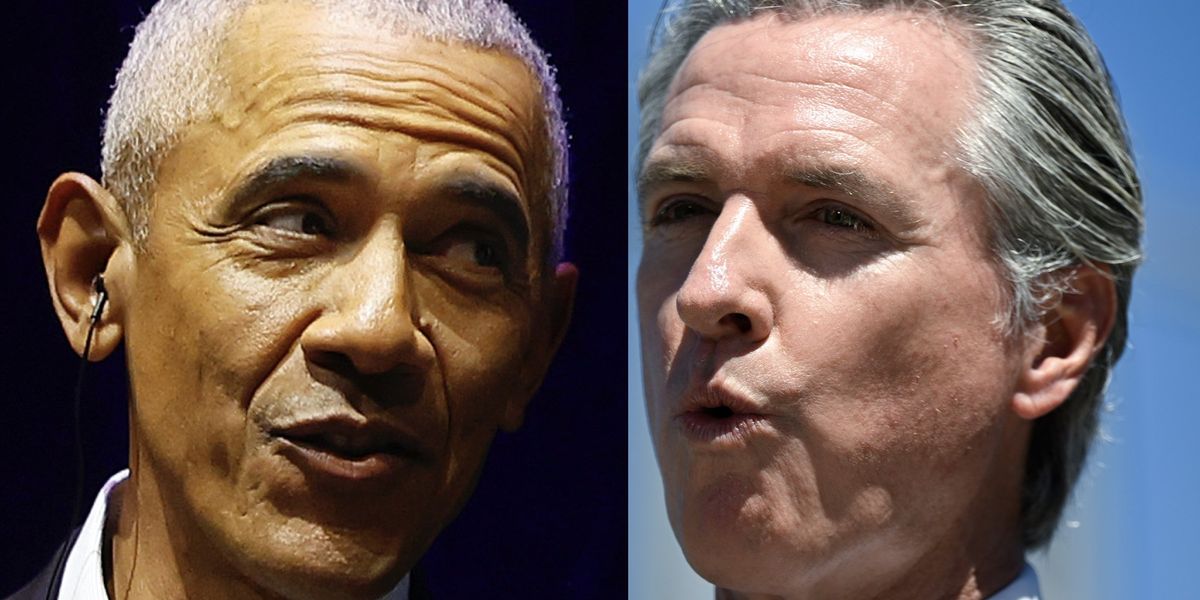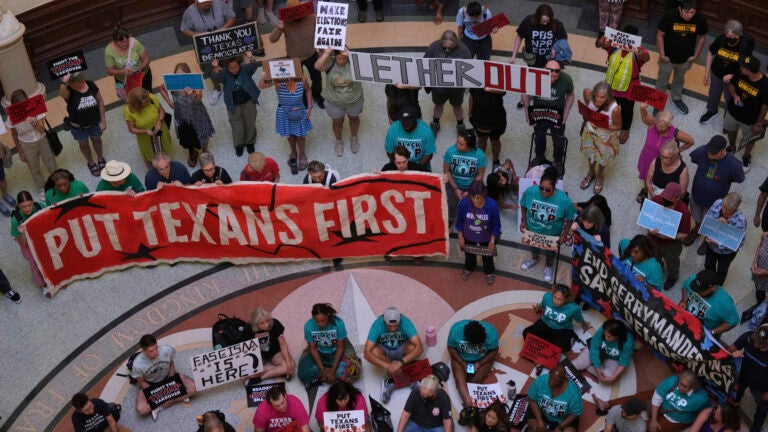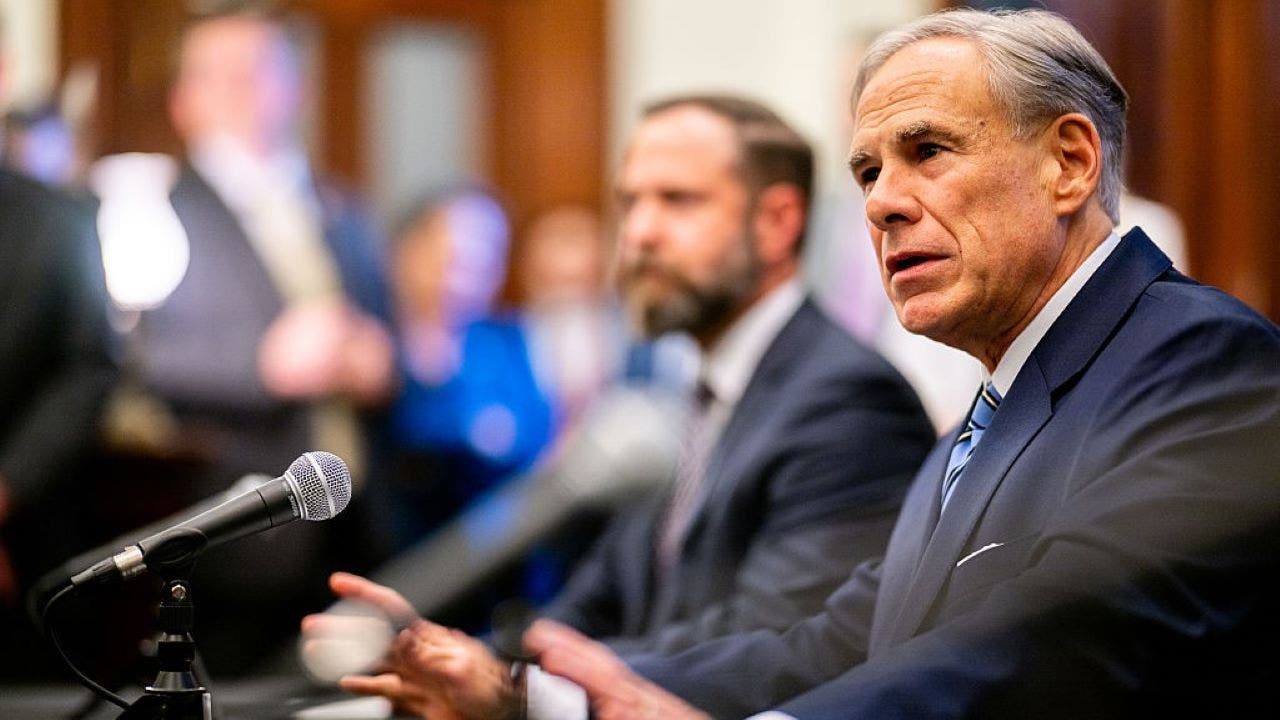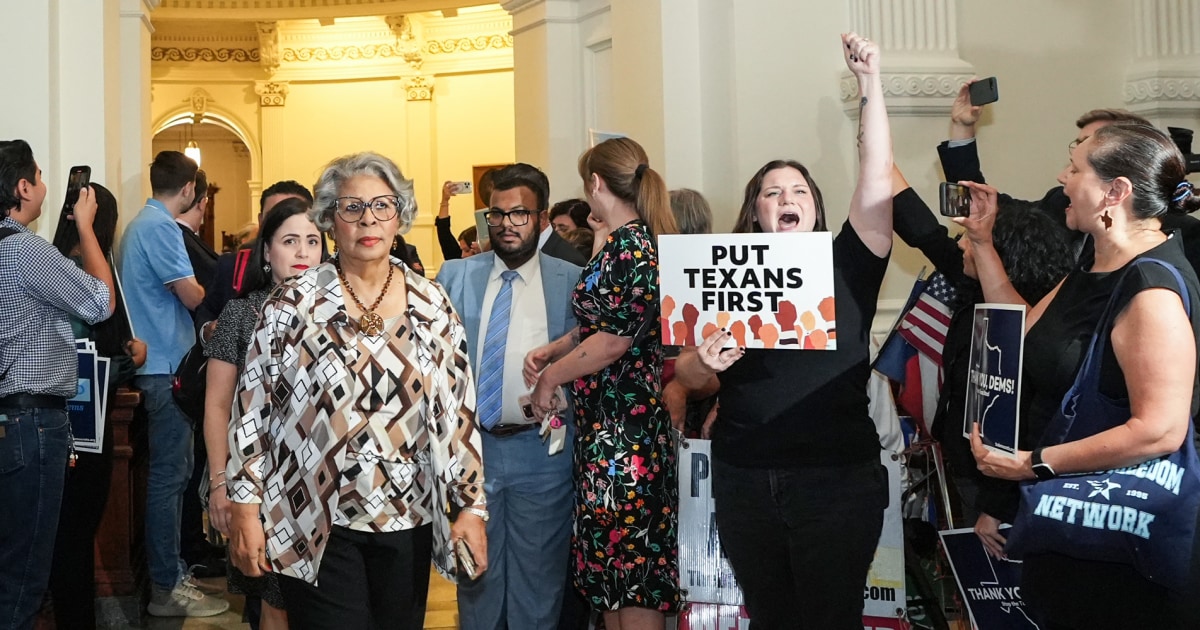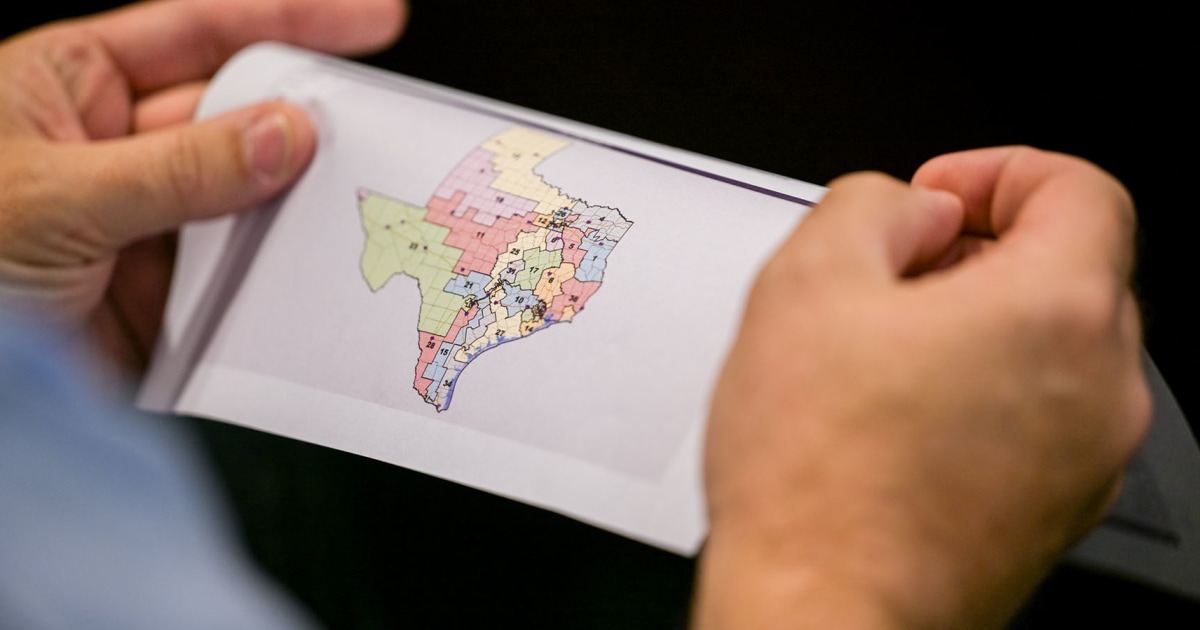U.S. Redistricting Heats Up as Parties Vie for Political Control
Across the U.S., political parties are aggressively redrawing congressional maps after census shifts, aiming to solidify control and gain partisan advantage in the contentious decennial redistricting process.
Subscribe to unlock this story
We really don't like cutting you off, but you've reached your monthly limit. At just $5/month, subscriptions are how we keep this project going. Start your free 7-day trial today!
Get StartedHave an account? Sign in
Overview
- The U.S. decennial redistricting process is intensifying as Republican and Democratic parties strategically leverage recent census population shifts to gain significant political advantage nationwide.
- This aggressive redrawing of congressional maps aims to solidify political control, with Republicans seeking to add GOP-friendly seats and Democrats working to convert Republican-held districts across the nation.
- In Texas, Republicans are actively advancing new maps designed to add five GOP-friendly House seats, specifically targeting existing Democratic districts to strengthen their political control within the state.
- California Governor Gavin Newsom is proposing a strategic redistricting plan aimed at converting Republican-held seats into Democratic ones, a move reportedly supported by significant voter backing in the state.
- Heated disputes over new congressional maps are evident nationwide, with Texas Democrats facing significant opposition and requiring police escorts, highlighting the contentious and partisan nature of these efforts.
Report issue

Read both sides in 5 minutes each day
Analysis
Center-leaning sources frame the redistricting battle by portraying Democratic efforts as a necessary and responsible response to Republican actions. They emphasize the emergence of new Democratic leaders gaining national attention for "fighting back" and highlight justifications from prominent figures like Obama for counter-redistricting, subtly validating their approach.
Articles (71)
Center (23)
FAQ
Redistricting is the process of redrawing the boundaries of electoral districts to reflect population changes reported by the U.S. Census, and it generally occurs every 10 years following the decennial census, although it can happen mid-decade due to court orders or state laws.
Republicans aim to add GOP-friendly congressional seats, particularly in states like Texas, to strengthen their political control. Democrats, including initiatives led by California Governor Gavin Newsom, aim to convert Republican-held seats into Democratic ones and maintain a strategic advantage in Congress.
Texas Republicans are advancing new congressional maps designed to add five GOP-friendly seats by targeting existing Democratic districts, intensifying partisan disputes that have led to significant opposition and security measures such as police escorts for Democrats.
California, led by Governor Newsom, is proposing a redistricting plan to convert Republican seats into Democratic ones and has launched legislative efforts including a constitutional amendment and special elections to resist perceived manipulation of elections in other states like Texas.
Because redistricting directly affects political power distribution, efforts to redraw maps are highly contentious, leading to accusations of gerrymandering, strong partisan opposition, and even security concerns such as police escorts at meetings, highlighting the intense political stakes involved.
History
- 2M

 4 articles
4 articles
- 2M

 8 articles
8 articles
- 2M

 4 articles
4 articles
- 2M

 6 articles
6 articles
- 2M

 25 articles
25 articles
- 2M

 3 articles
3 articles
- 2M

 3 articles
3 articles
- 2M

 6 articles
6 articles






